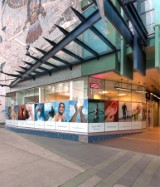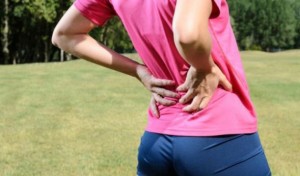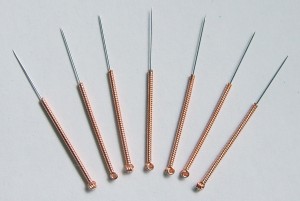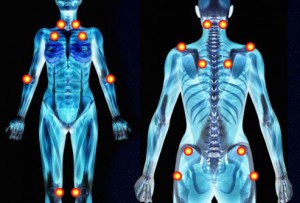 Diversified Health Clinic is currently hiring for a Receptionist/Front Desk Clerical position. This is not an MOA position.
Diversified Health Clinic is currently hiring for a Receptionist/Front Desk Clerical position. This is not an MOA position.
We are a multi-disciplinary, collaborative health and wellness center that combines a wide range of services including Chiropractic, Physiotherapy, Registered Massage Therapy, and Acupuncture. We are proud of our strong team of practitioners and staff and are looking forward to adding another team member as we continue to grow.
This is a customer focused position with duties including patient bookings, answering phones and email inquiries, filing, insurance submissions and billings, MSP/Extended Health billings and processing, opening and closing procedures and various office duties as needed. This is not an MOA position, however, a strong administrative background in health services is an asset and the ability to prioritize and multi-task is essential.
We are currently recruiting for a permanent position; approximately 30-32 hours per week – Fridays to Tuesdays (inclusive of weekends). This is an hourly wage-based position with an extended health benefits package.
Resumes can be emailed to the Clinic Manager, L. Steel at lsteel@diversifiedhealth.ca or dropped off at the Clinic at 1063 Fort Street, attention to L. Steel.






